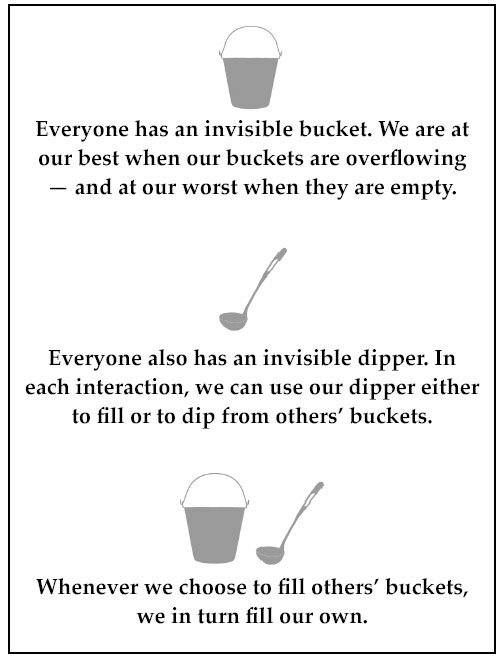4. Meaning
“This is our purpose: to make as meaningful as possible this life that has been bestowed upon us; to live in such a way that we may be proud of ourselves; to act in such a way that some part of us lives on.” – Oswald Spengler
Positive purpose and well-being
Purpose provides people with a central mission or vision for life and a sense of directedness (Ryff & Keyes, 2005). It is an ‘ultimate concern’ that provides a deeper reason for the immediate goals and motives that drive most of our daily behaviour. In comparison to day to day goals, purposes generally have longer-term significance, require a greater level of commitment and involve something ‘larger than yourself’.
“Meaning and purpose in life refers to an individually constructed, culturally based cognitive system that influences an individual’s choice of activities and goals, and endows life with a sense of purpose, personal worth and fulfillment.” (Wong, 1998)
Did you know that…
Having purpose has been linked with positive physical and psychological health outcomes? This includes:
- greater life satisfaction (Huta et al., 2003)
- higher self-esteem, optimism and positive emotion (Steger et al., 2006)
- resilience, coping and grit (McKnight & Kashdan, 2009)
VIA Character Strengths
Defining virtues & strengths
Professors Chris Peterson and Martin Seligman lead a large team of scientists and philosophers to identify Virtues and Character Strengths that have been valued throughout history, across cultures and across religions. They identified 6 Virtues and 24 Character Strengths that appear to be universal.
They named this identification of strengths as the VIA Classification of Character Strengths. The VIA stands for Values in Action.
Wisdom and Knowledge
- Curiosity, interest
- Love of learning
- Open-mindedness, judgment
- Creativity, originality, ingenuity
- Perspective
Courage
- Bravery, valour
- Persistence, industry, perserverance
- Honesty, integrity, authenticity
- Zest, enthusiasm
Love
- Capacity to love and be loved
- Kindness, generosity
- Social intelligence, friendship
Justice
- Teamwork, citizenship, loyalty
- Fairness equity
- Leadership
Temperance
- Forgiveness, mercy
- Modesty, humility
- Self-control, self-regulation
- Prudence, caution, discretion
Transcendence
- Appreciation of beauty and excellence
- Gratitude
- Hope, optimism
- Humour, playfulness
- Spirituality, faith, sense of purpose
“In authentic happiness theory, the strengths and virtues—kindness, social intelligence, humor, courage, integrity, and the like (there are twenty-four of them) — are the supports for engagement. You go into flow when your highest strengths are deployed to meet the highest challenges that come your way. In well-being theory, these twenty-four strengths underpin all five elements, not just engagement: deploying your highest strengths leads to more positive emotion, to more meaning, to more accomplishment, and to better relationships.” (Seligman, 2011)
When you play from your strengths, you are likely to feel more energetic and perform better than when you are trying to use a capacity that comes less naturally. For example, one person trying to influence a local school board to ban soft drink sales might have the strength to speak up forcefully and clearly at a general meeting (despite the almost universal fear of public speaking). Likewise, when you set out to do something in alignment with the values you hold dear, you are likely to work harder and have more energy and persistence for the task at hand.
You can think of using your strengths and the smallest thing that you can do to make the biggest difference.
Knowing your strengths is helpful only if you use them. Just identifying strengths has no impact on happiness. Actually using signature strengths, however, significantly increased happiness and reduced depression for six months. (Based on a 2005 study published in American Psychologist).
Here is the website to go to if you would like to complete the VIA Character strengths: www.viame.org. It’s FREE!


